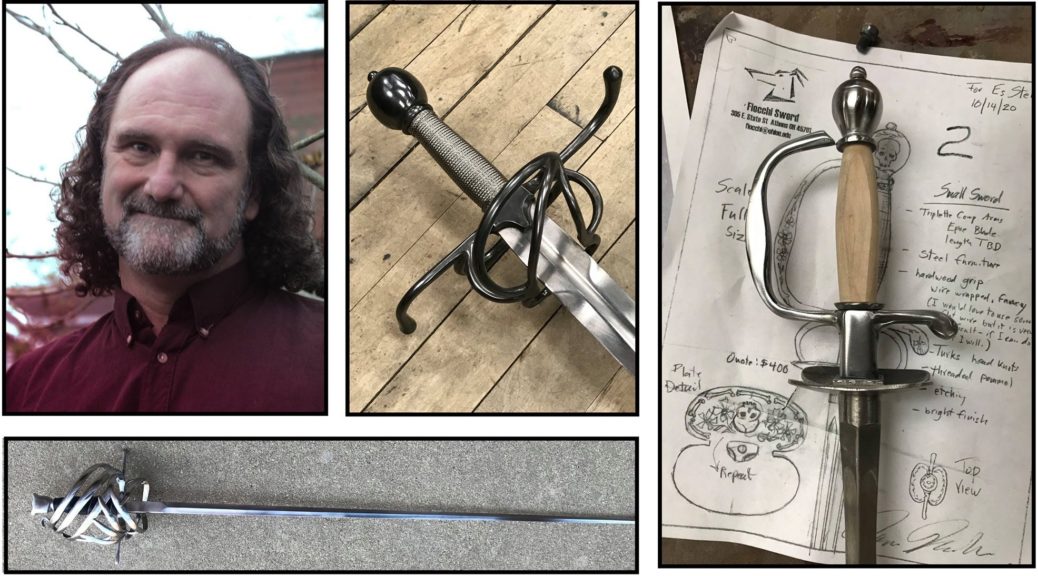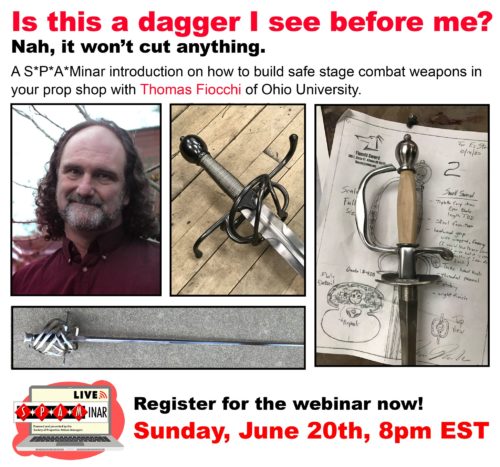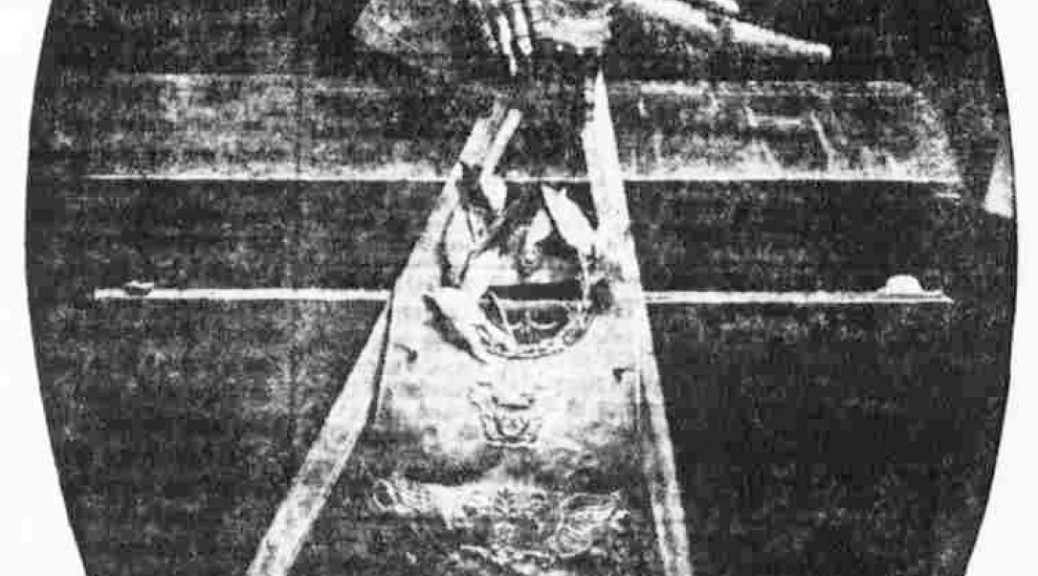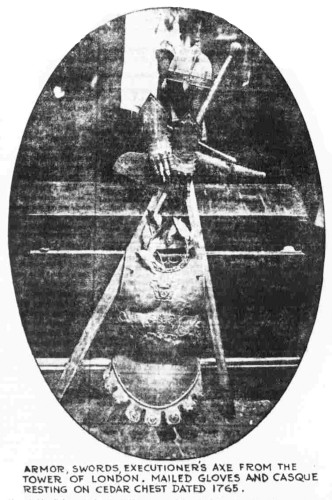The following is the fifth portion of an article which first appeared in the New York Sun in 1912. You can catch up on the first part, the second part, third part and the fourth part.
In addition to the mass of less frequently used properties which are distributed among the storehouses there are at the opera house itself five large rooms filled with hundreds and hundreds of the objects oftenest in demand. In one of these rooms, which is called the armory, are rows of helmets, great stands of spears, racks full of guns, innumerable swords, including the famous one of Siegfried, the white one of Lohengrin and that of Telramund. Here is Caruso’s armor, which, as he dislikes to wear or carry anything heavy, is made of aluminum. His helmets are of aluminum too. These stage weapons are never sharp enough to do any damage, even if some one accidentally got in their way.
The guns are the real thing and are loaded with powder. A permit to keep explosives on the premises has to be had every time an opera is given in which guns are fired or conflagrations imitated.
In one of the property rooms at the opera house, which is always spoken of as “Frank Furst’s room,” an employee is generally at work rubbing up gun barrels, swords and armor, or polishing brass armlets. Guns are used not only on he stage, as in “Tosca” and “Carmen,” but off stage in taking up cues.
If a great crash is to be produced half a dozen stage hands are armed beside them with a prompt book following the score. As the cue approaches he counts, “one, two, three, four, five!” At five they fire simultaneously, while at the same time there comes a clap of stage thunder. The resulting noise is big enough for any kind of a crash.
A curious phase of the property department’s work is the way it sometimes has to dovetail a job with some other department. For instance, in the last act of “Tosca” there is a flag which floats on the top of the tower. It really does float, the breeze blowing it with every appearance of naturalness. An electric fan adjusted behind the side scenes provides the breeze. In this case the flag is put in place by the property department, while the electric fan belongs to the electrical department, which must see that it is set up and running.
In the second act of “Madama Butterfly” several large Japanese lanterns with standards are brought in by Suzuki and set about the stage. Lights are burning inside them. The third act opens with the same scene after a lapse of several hours, which passage of time is indicated by having the lights in the lanterns flicker and go out one by one. This is the way it is done. When the lanterns are brought on they contain lighted candles which come under the head of properties and which therefore are put in and lighted by some one in that department.
When the curtain goes down a property man takes out these candles. Then an electrician sees that the standards are placed over metal plates in the matting, Suzuki having set them in approximately the correct position. Then he puts in electric bulbs, wires from under the stage are connected with the metal plates, contact is secured through the base of the standard and the resulting light is then turned on and off from below to simulate a flickering candle flame. After the scene the electrician comes and gets his bulbs before the property man can carry off the lanterns.
This article will conclude in a later post. It was originally published in the New York Sun, February 25, 1912, page 16.




